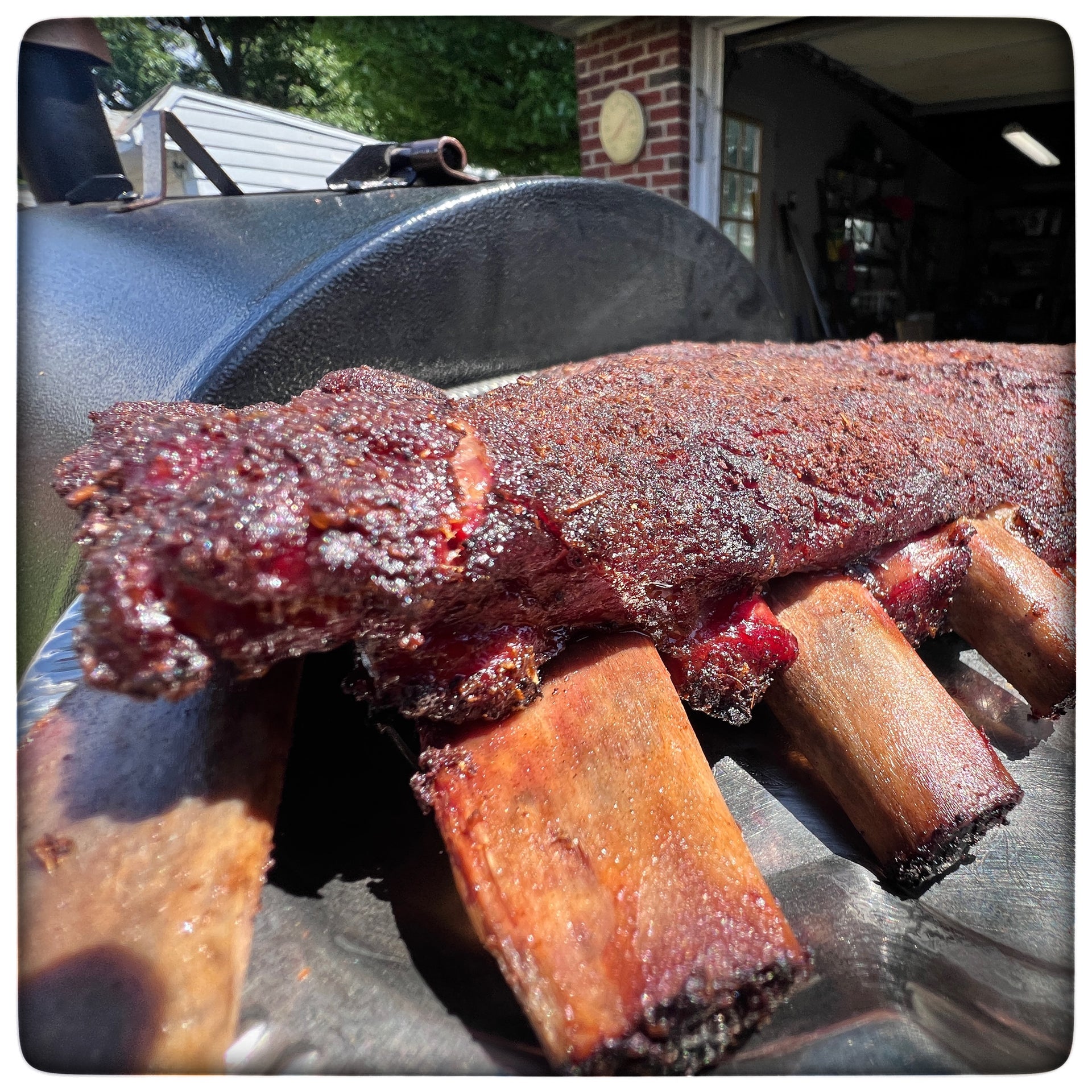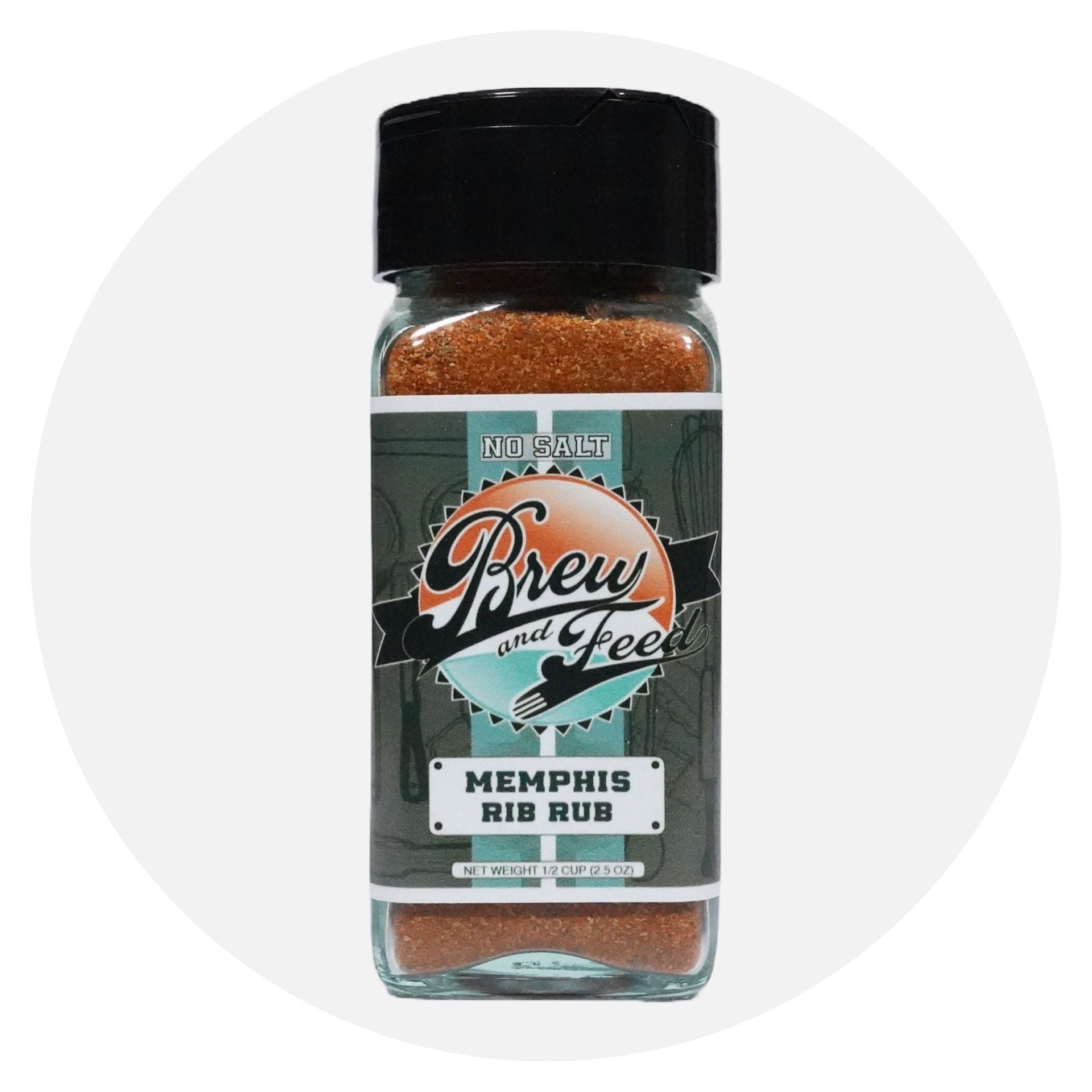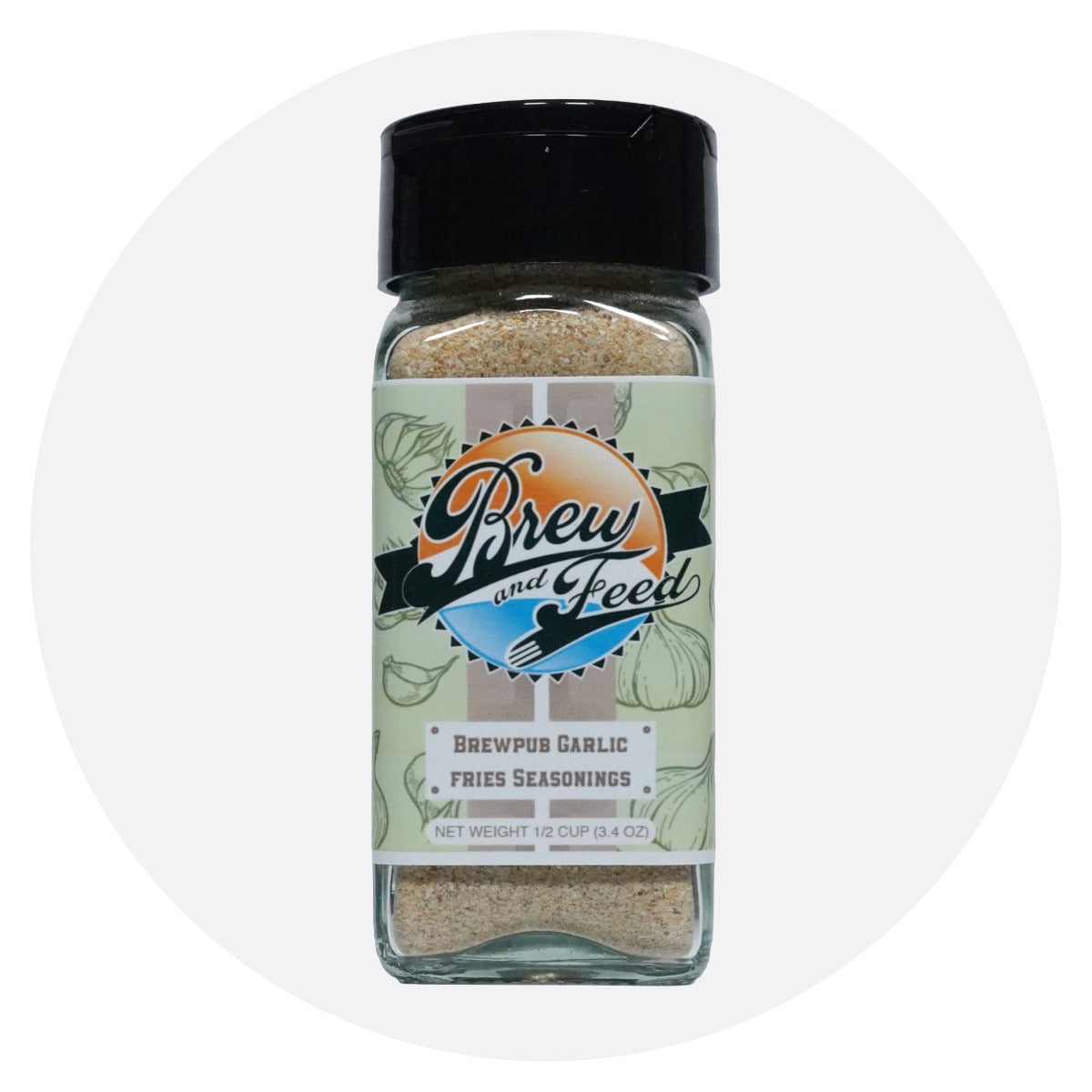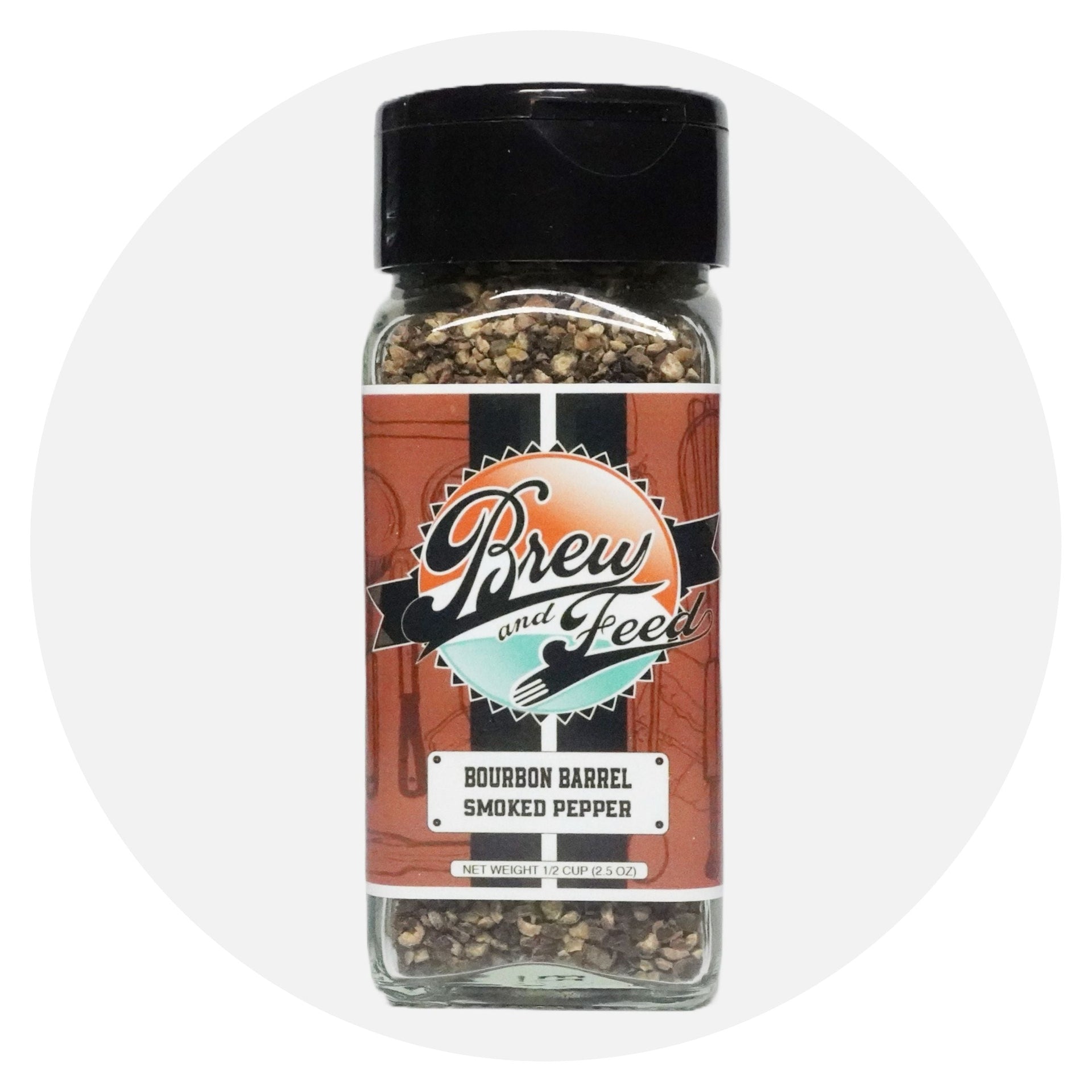
Understanding the Different Cuts of Pork Ribs
When it comes to barbecue and grilling, few things are as beloved as pork ribs. However, not all ribs are created equal. There are several different cuts of pork ribs, each with its own unique characteristics and best cooking methods. In this blog post, we’ll explore the main types of pork ribs, what makes each cut special, and how to cook them to perfection.
1. Baby Back Ribs
Baby back ribs, also known as loin ribs or simply back ribs, come from the top part of the ribcage between the spine and the spare ribs, below the loin muscle. They are called "baby" back ribs not because they come from baby pigs, but because they are shorter than spare ribs.
Characteristics:
- Size: Shorter and smaller than spare ribs.
- Meat: Tender, lean meat with a slight curve to the bone.
- Fat: Less fatty compared to other rib cuts.
Cooking:
Tips: Baby back ribs are best cooked low and slow. They can be baked, grilled, or smoked. For tender, flavorful ribs, try cooking them at a low temperature for a long period, then finishing them on the grill with your favorite barbecue sauce.
2. Spare Ribs
Spare ribs come from the lower part of the ribcage, closer to the belly. They are larger and meatier than baby back ribs and include more bone.
Characteristics:
- Size: Larger and longer than baby back ribs.
- Meat: More meat between the bones and on top of the bones.
- Fat: Higher fat content, which can make them more flavorful and juicy.
Cooking Tips:
Spare ribs benefit from slow cooking methods that allow the fat to render and the meat to become tender. Smoking or baking are excellent methods. Spare ribs also respond well to braising, which can infuse them with additional flavors.
3. St. Louis-Style Ribs
St. Louis-style ribs are a trimmed version of spare ribs. The rib tips, cartilage, and sternum bone are removed to create a more uniform, rectangular rack of ribs.
Characteristics:
- Size: More uniform in shape compared to spare ribs.
- Meat: Similar to spare ribs but with the cartilage and tips removed.
- Fat: Still relatively high in fat, providing rich flavor.
Cooking Tips:
St. Louis-style ribs are popular for competition barbecue because they cook more evenly. They can be grilled, smoked, or baked, and should be cooked slowly to achieve the best texture and flavor. Applying a dry rub before cooking and a glaze of barbecue sauce during the final stages can enhance their taste.
4. Rib Tips
Rib tips are the small, flavorful pieces of meat and cartilage that are trimmed off when making St. Louis-style ribs. They come from the lower end of the spare ribs near the breastbone.
Characteristics:
- Size: Small, irregular pieces.
- Meat: Rich, flavorful meat with cartilage.
- Fat: High in fat, making them very juicy.
Cooking Tips:
Rib tips can be cooked similarly to other rib cuts but may require less time due to their smaller size. They are great for smoking, grilling, or baking. Rib tips are often used in Chinese and American Southern cuisines, frequently glazed with sauce for a sticky, delicious finish.
5. Country-Style Ribs
Country-style ribs are not true ribs but are cut from the shoulder end of the loin near the blade. They are meatier than other rib cuts and contain part of the shoulder blade bone.
Characteristics:
- Size: Thick and meaty, often sold as individual pieces.
- Meat: Lean with a mix of dark and white meat.
- Fat: Less fat than spare ribs but still flavorful.
Cooking Tips:
Country-style ribs can be grilled, baked, or braised. Because they are meatier, they can also be cooked faster at higher temperatures compared to other rib cuts. Marinating or slow-cooking can help tenderize the meat and infuse it with flavor.
Conclusion
Each cut of pork ribs offers a unique experience in terms of flavor, texture, and cooking methods. Whether you prefer the tenderness of baby back ribs, the rich flavor of spare ribs, or the meatiness of country-style ribs, there’s a perfect rib cut for every barbecue enthusiast. By understanding the differences between these cuts, you can choose the right one for your next cookout and impress your guests with perfectly prepared pork ribs.
Happy grilling!




